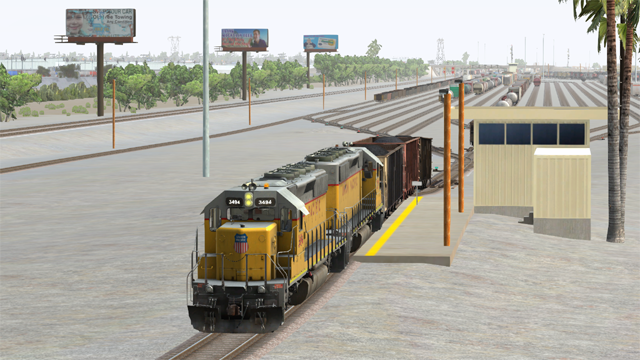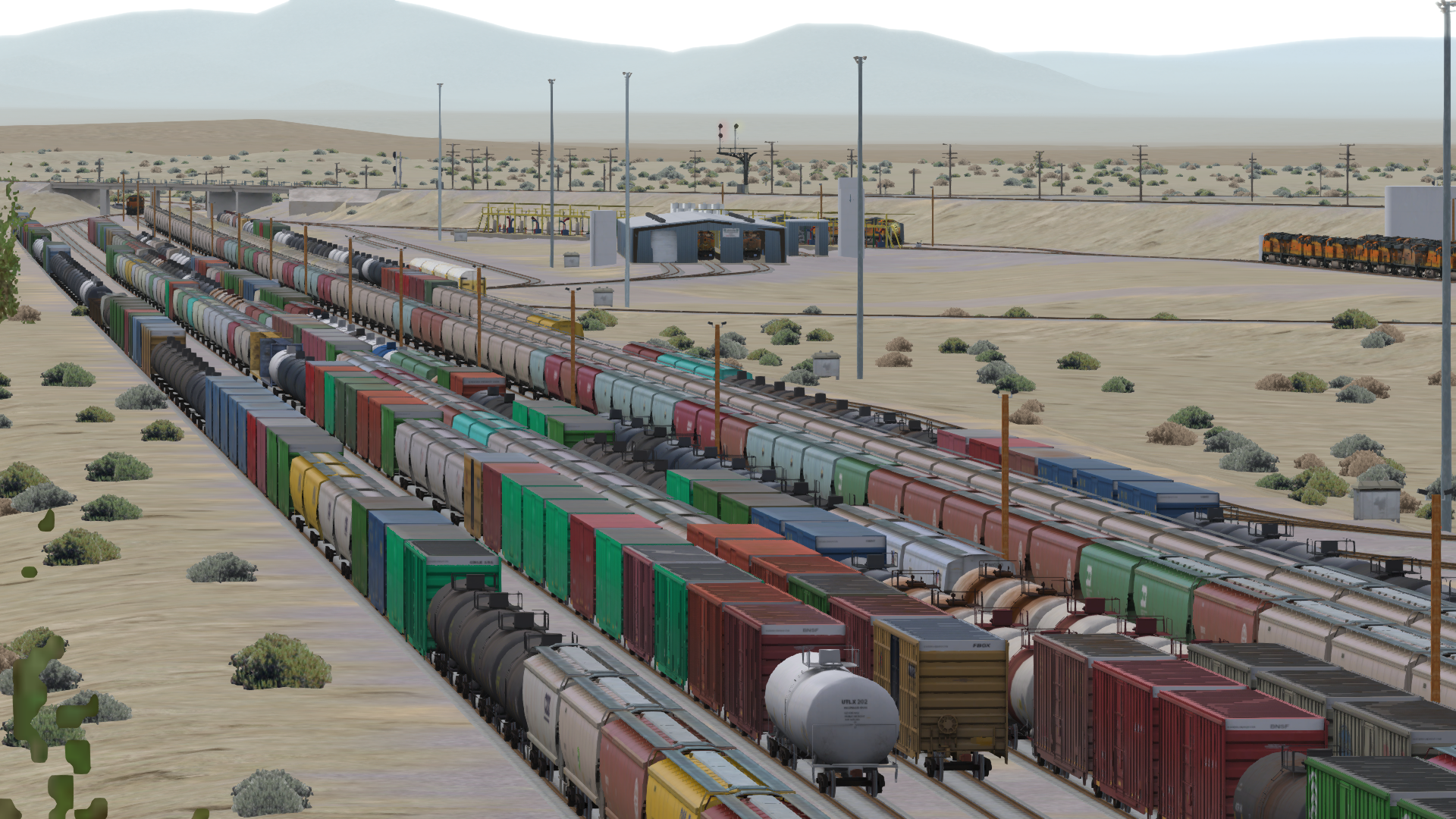
The maximum supported instances in a cluster is 20.Īll instances should be reachable from all other instances and they should be able to reach the database. When spinning up a cluster, the database node should be a standalone server, and PostgreSQL should not be installed on one of the Tower nodes. Tower does not manage replica configuration or database failover (if the user configures standby replicas). PostgreSQL is still a standalone instance and is not clustered. Important considerations to note in the new clustering environment: For upgrading an existing cluster, refer to Upgrade Planning of the Ansible Tower Upgrade and Migration Guide. This section covers initial setup of clusters only. Red Hat Enterprise Linux 7 or later (RHEL8 recommended, can be either RHEL 7 or Centos 7 instances) The following operating systems are supported for establishing a clustered environment: For more detail, see the Execution Environments section. You can create instance groups to point to a Kubernetes container. However, there are certain OpenShift Deployment and Configuration differences that must be considered. Tower supports container-based clusters using OpenShift, meaning new Tower instances can be installed on this platform without any variation or diversion in functionality. Also, clustered instances can be grouped into different pools/queues, called Instance Groups. This is a simple system where jobs can and will run anywhere rather than be directed on where to run. Load balancing is optional and is entirely possible to have ingress on one or all instances as needed.Įach instance should be able to join the Tower cluster and expand its ability to execute jobs. Importing existing inventory files and host/group vars into Tower Using an unreleased module from Ansible source with Tower Filtering instances returned by the dynamic inventory sources in Tower Dynamic Inventory and private IP addresses Configuring the towerhost hostname for notifications Locate and configure the Ansible configuration file View Ansible outputs for JSON commands when using Tower Creating a Tower Admin from the commandline

Troubleshooting “Error: provided hosts list is empty” Private EC2 VPC Instances in Tower Inventory Reusing an external database causes installations to fail Playbooks aren’t showing up in the “Job Template” drop-down WebSockets port for live events not working

Backup and Restore for Clustered Environments Changing the Default Timeout for Authentication Using OAuth 2 Token System for Personal Access Tokens (PAT) Understand the architecture of Ansible and Tower Ansible Tower Administration Guide v3.8.2.


 0 kommentar(er)
0 kommentar(er)
